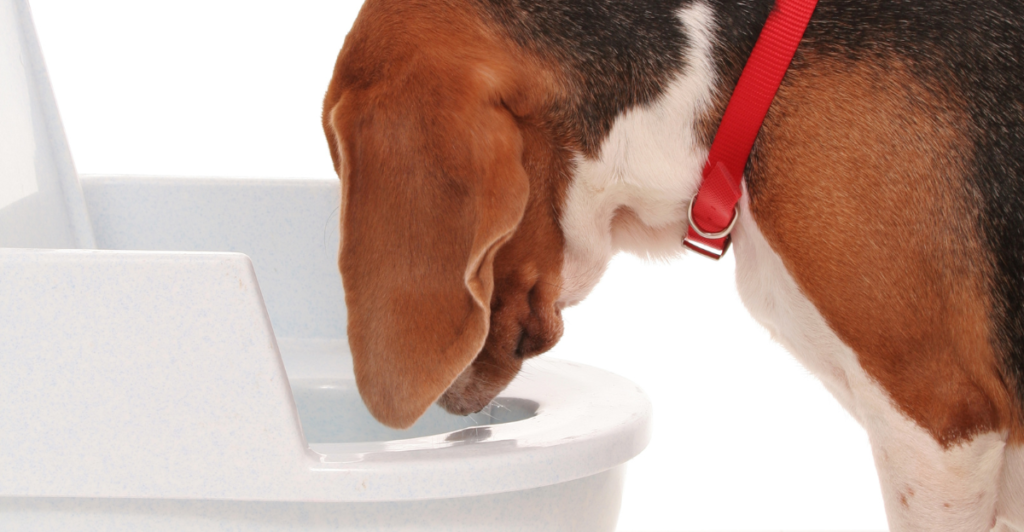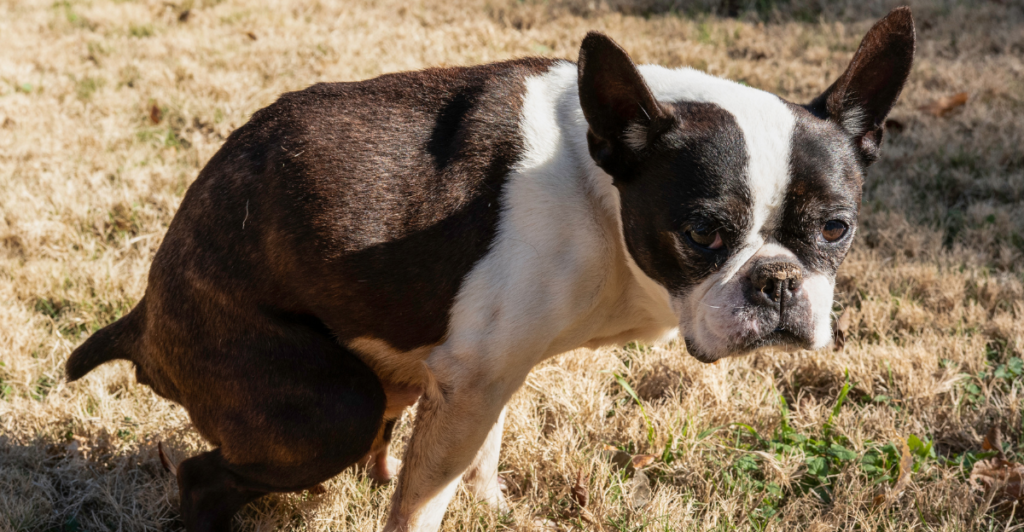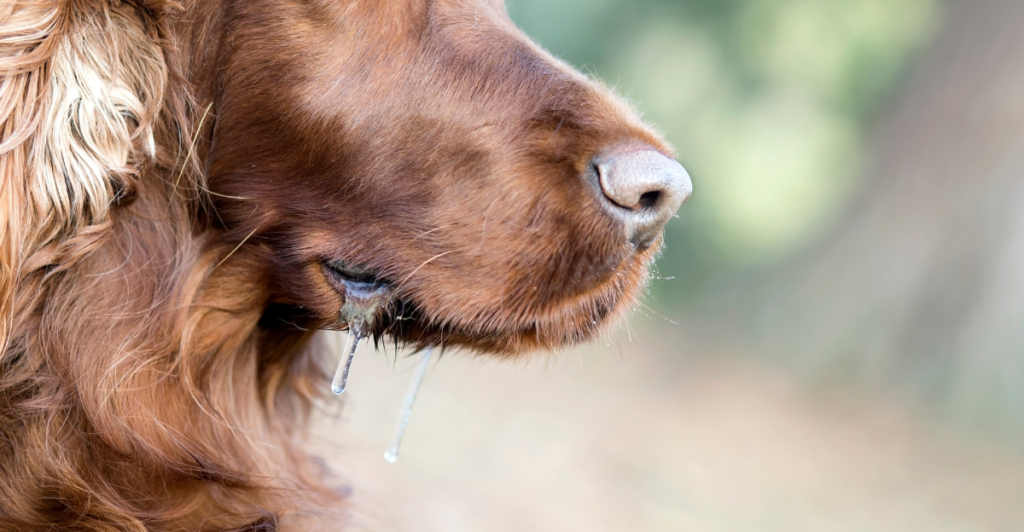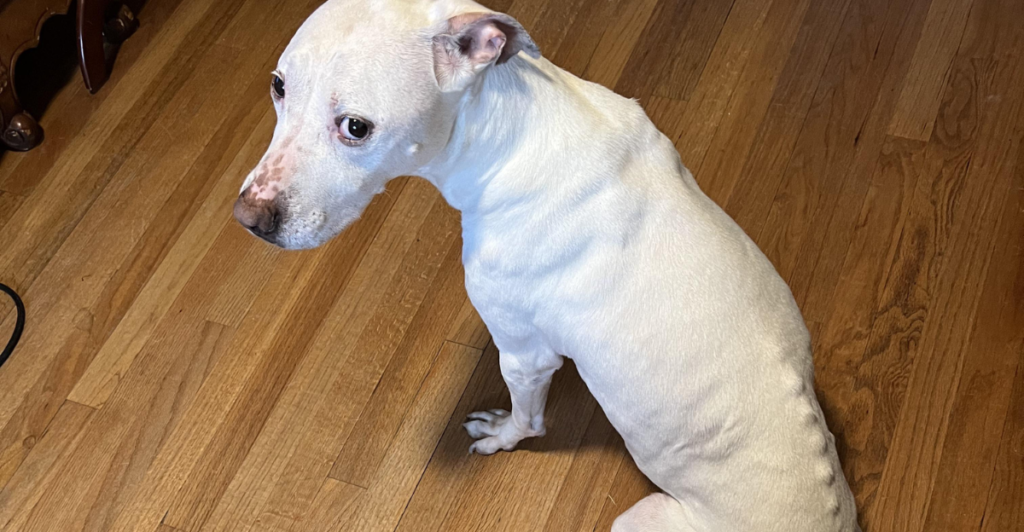
Gastrointestinal (GI) diseases in dogs can be quite tricky, and knowing some of the symptoms can help save your dog a lot of pain or discomfort. Knowledge is power, and knowing how to help your dog, even when it might not be necessary, can change its little life.
Diarrhea

This is one of the most common symptoms to look out for to ensure your pup is healthy. While occasional diarrhea may resolve independently, persistent or severe cases require veterinary attention to prevent dehydration and other complications. While it’s not ideal to be studying your dog’s poop, it will become quite clear when there’s a problem.
Vomiting

This symptom shouldn’t be taken too seriously when no other symptoms are present. Many things can cause vomiting, which can sometimes be a normal reaction to something they ate. However, when it starts turning into frequent or persistent vomiting, it should be taken seriously, as it can lead to dehydration and electrolyte imbalances.
Loss of Appetite

Most dogs love to eat and will eat almost anything if given the opportunity. If your pup refuses to eat something he usually would, there might be an underlying problem. Dogs with GI problems may show a reduced interest in food, which can lead to weight loss and other nutritional deficiencies. If you notice that your dog isn’t eating how he used to, it might be time for a visit to the vet.
Lethargy

If your dog shows weakness, it might be time to look closer. This lack of energy can be due to pain, discomfort, or systemic infections affecting the digestive system.
Mucus in Stool

Mucus in the stool can indicate inflammation or infection in the GI tract. It’s best to have the veterinarian assess the symptoms for any underlying causes that need to be solved.
Flatulence

As we know, dogs can be pretty gassy and aren’t afraid to let one rip, no matter where they are. But once it becomes a frequent problem, it might be time to look. Excessive gas can be caused by food intolerance or an imbalance in gut bacteria.
Fever

A low-grade fever is often present in dogs with GI infections or inflammation. While it may not be something you notice quickly, unless you take a look, fever can lead to lethargy and a lack of appetite. If you are concerned about your pup, monitor their fever. Anything above 103°F (39.7°C) is considered a fever.
Abdominal Pain

This symptom is another tricky one to spot, but it can often be recognized as whining, panting, or a hunched posture. Abdominal pain is almost always accompanied by one or two other symptoms and should be addressed as soon as possible to avoid any other discomfort in your pup.
Bloating

Bloating can indicate a serious underlying condition that needs to be addressed. If you see any type of swelling or distension in your pup, it might be best to take them in for a checkup.
Constipation

If your dog struggles to defecate or shows signs of discomfort during bowel movements, consult a veterinarian for advice on managing constipation. This can be caused by dietary factors, lack of exercise, or underlying health conditions. It’s one of the harder symptoms to spot, but if you do, it’s better to act on it before it worsens.
Drooling or Excessive Salivation

Drooling or excessive salivation can indicate an upset stomach in dogs. This symptom may be accompanied by other signs like lip smacking or chattering teeth, indicating discomfort or nausea. Keep an eye on whether or not they start vomiting, and check in with a professional if you aren’t sure.
Weight Loss

If your dog doesn’t seem as chunky as it used to be, it might be losing weight due to malabsorption of nutrients or reduced appetite. This can be a common occurrence in dogs with GI issues, and it’s best to keep a close eye on it to ensure things don’t get any worse.
Explore more of our trending stories and hit Follow to keep them coming to your feed!

Don’t miss out on more stories like this! Hit the Follow button at the top of this article to stay updated with the latest news. Share your thoughts in the comments—we’d love to hear from you!







